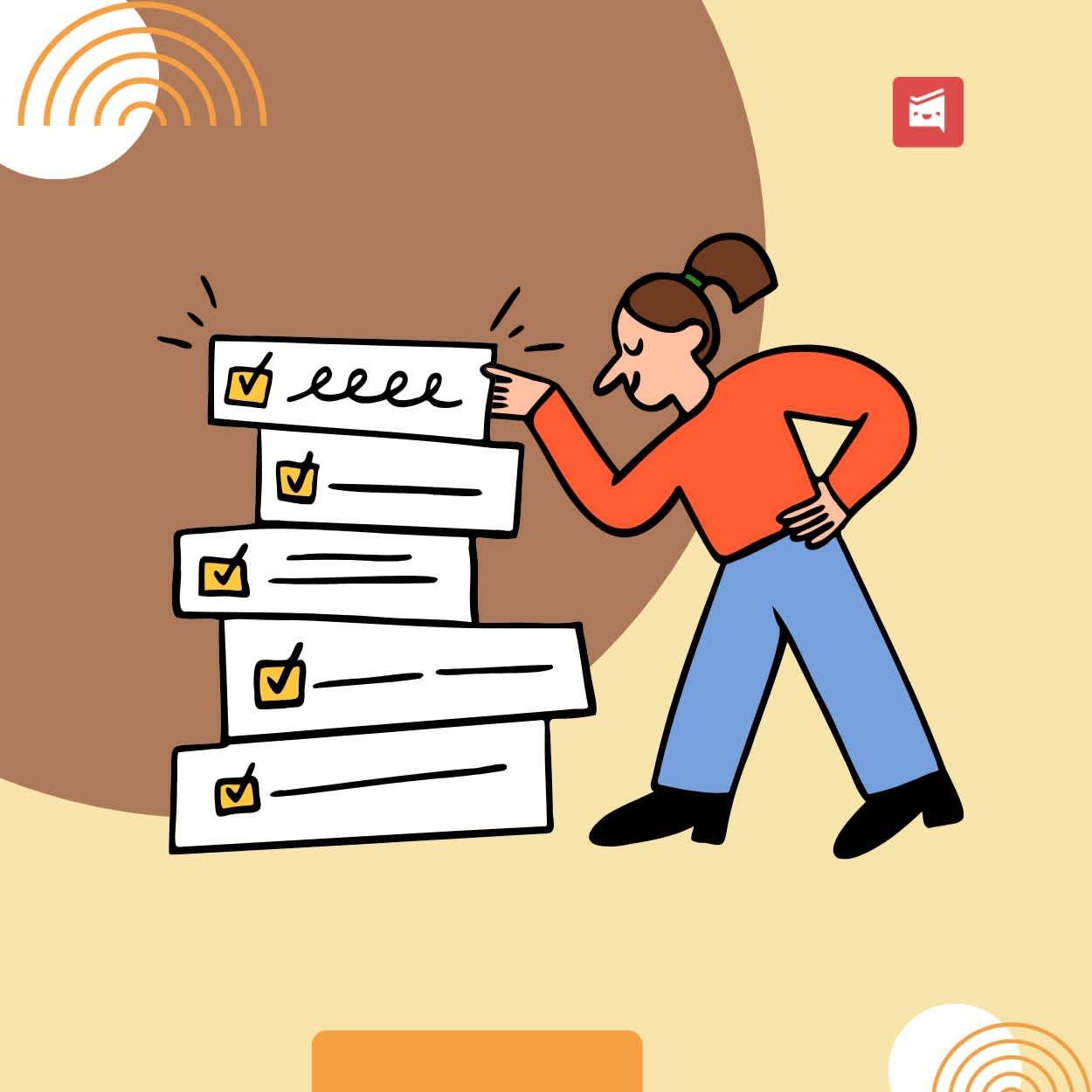9 Ways to Make Task Descriptions Easier to Read for Neurodiverse Teams
ByJulian Gette
Workast publisher

Workast publisher
Do you want your task descriptions to read more clearly to all users, including readers with dyslexia? Demystifying this condition helps build even stronger neurodiverse teams and applications.
The challenge for neurodiverse people with dyslexia lies with phonological processing, the process of connecting letters with their respective sounds. It's a neurological phenomenon that has nothing to do with hearing, vision, or human intelligence.
However, its neurological origin can result in visual disturbances while reading, like visual crowding. Likewise, students with phonological challenges have difficulties sounding out words.
People with dyslexia do adapt, finding new strategies that help them process content. Many neurodiverse individuals also excel in areas like mathematical problem-solving and abstract thinking, both necessary for innovation.
Academic institutions and industry sectors can go even further to help. These points highlight a crucial need for innovative adaptations for neurodiverse students and individuals.
Here are 9 strategies to make content more digestible for all.
Clear and concise writing produced in a straightforward manner gets to the point. This helps all readers process information quickly. Avoid the following types of sentences in your task descriptions:
Unneeded information (or fluff)
Run-on sentences
Repetitive points
Use technical terms and definitions as needed, but avoid excessive explanations or conversational fillers.
For example, if you're writing instructional material for a new app, avoid writing lengthy, unnecessary sentences like "users can initiate the application by navigating to and clicking on the designated icon." Instead, simply write, "click the icon to start the app."
Concise sentences are easier for all readers. This technique can help students or professionals process dense or complex material faster.
Break up long sentences into shorter, manageable ones whenever possible. Every sentence should contain just one clear idea. This approach improves task readability, which thoughtfully responds to the struggles dyslexic readers face while making information more digestible for everyone.
You can also create bulleted lists when you need to break up dense paragraphs. They're also helpful for highlighting steps in guides and tutorials. Bulleted lists are easier to find if an employee needs a refresher on a task process.
If a sentence has three or more points, create a bulleted list instead. Scannable content helps all readers consume content quickly while still finding value. Consider this point if you work in content marketing.
Design task descriptions with a logical hierarchy of headings and subheadings. This is essential for organizing information.
Each section should have clear headings with larger font sizes. You want to create distinct sections that allow readers to scan task documents, locating the most relevant sections quickly.
This type of content structure helps readers navigate information without being overwhelmed by walls of text.
Maintain consistency in content structure through your task descriptions. This reduces the amount of cognitive load to reinforce learning.
Use the same terms and labels throughout your task descriptions. For example, if you're referring to a "submit button" in one section, don't alternate the term with "send button" in a later section.
Consistency reduces confusion while maintaining flow within task description content.
Design your task descriptions with high contrast in mind. For example, content with light backgrounds should have dark fonts. Apply the same to manuals or slide presentations that use color. This approach makes content more readable for all, including students or employees with dyslexia.
Sometimes, bright white backgrounds on screens can make content more difficult to read, whether someone has dyslexia or is struggling with eye strain. Use off-white shades instead of white to lessen the intensity. Making the page look more like a "book page" can help.
Screen shaders also make screens easier on the eyes, allowing for a more pleasant reading experience.
Avoid placing text on patterned backgrounds.
You can improve the readability of your task description even more by increasing the line spacing in your text. This is known as leading.
Take note of this general rule of thumb: Content line height should be 1.5. Line spacing prevents text from blurring together for readers with dyslexia who experience visual crowding.
Switching to a new font can boost readability significantly for all readers. Stick with fonts with simple, no-fuss letterforms like sans-serif fonts. Examples include:
Arial
Calibri
Verdana
Test a few out on your word processor to see the difference.
If you want to specifically address challenges faced by dyslexic readers, you can experiment with FS Me or OpenDyslexic fonts in your written materials.
These specialized fonts are designed with unique features like weighted bottoms that "anchor" the letter to the baseline. This feature prevents the brain from perceiving letters as flipped or rotated. Asymmetrical designs make similar-looking letters appear more distinct.
Avoid using underlining and italics in text. They may cause text to blur together. However, bolding is fine if you want to emphasize a particular word or phrase.
Always choose left-aligned text.
Avoid justified text since it results in inconsistent, uneven word spacing. Justified text can make it difficult to track lines of text. What you want is predictable line spacing that helps facilitate a consistent rhythm throughout the content.
Consider adding a review process that ensures all written content is designed for all readers. You can do this through official style guides for writing, presentations, marketing materials, and digital media.
From academic life to the business world, designing adaptive task descriptions for all individuals paves the way for more participation and innovation. Incorporate the best practices in this guide, from writing style and bullet points to layouts and labeling.
Start by auditing your current internal written materials, as well as marketing content, to see where you can make necessary modifications. Apply the principles in this guide to both hardcopy and digital materials, maintaining consistency across categories.
Make these fundamentals a part of your company culture or institutional philosophy moving forward, opening the door to more forward-thinking ideas.
